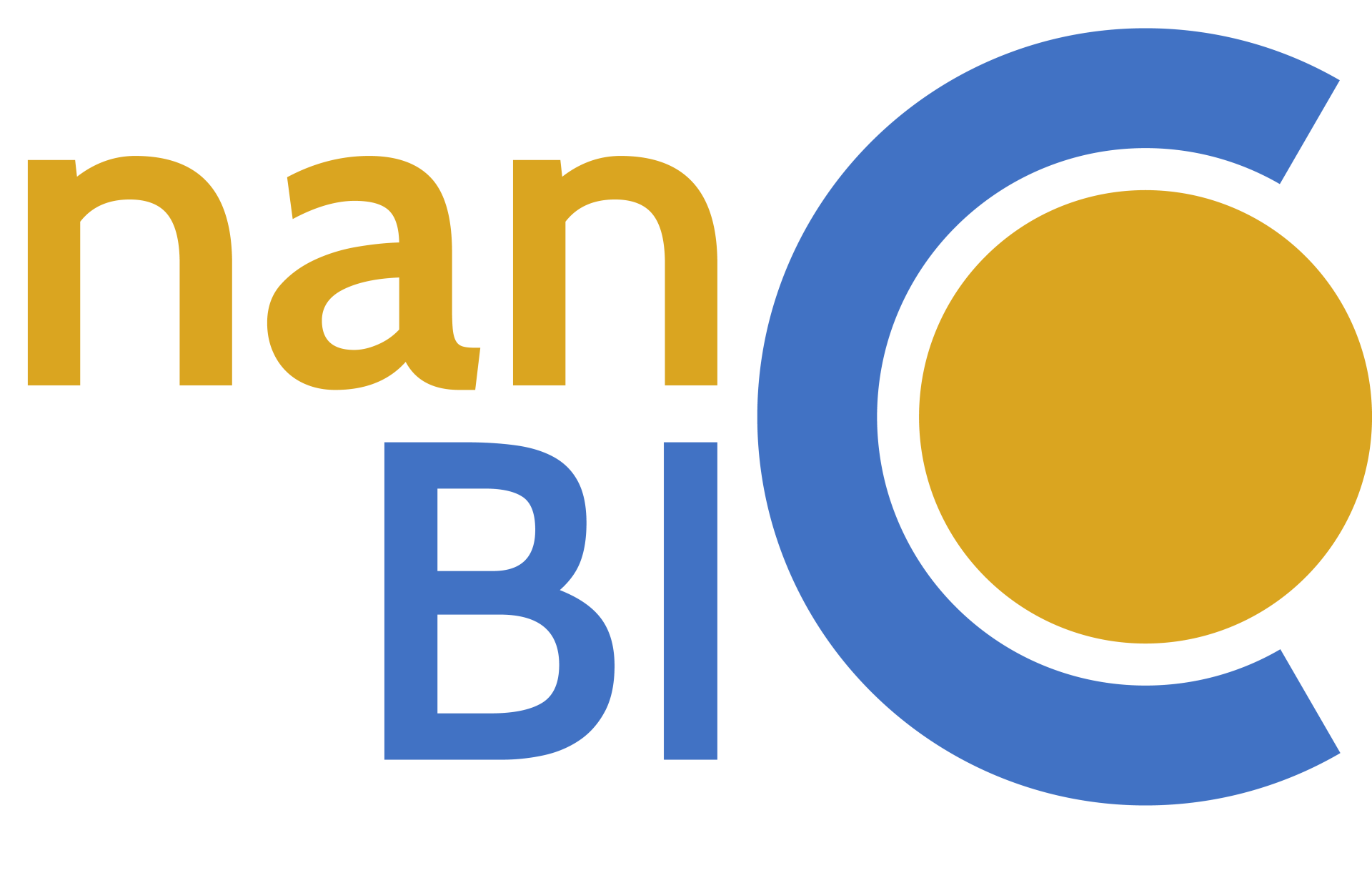Cancer
can be defined as a group of diseases (viz. more than 100 different diseases), characterized by the uncontrolled gowth and division of the body's cells. Any tissue of the body can be affected; hence, most cancers are named after the type of cell or organ in which they have started. Such abnormal cell proliferations can develop into malignant tumors; some cancers, however, do not generate tumors, such as leukemia. Cancer can spread from where it started to another part of the body by means of metastases, which are cells released by the primary tumor and transported through the bloodstream or lymphatic system. At these secondary sites, the cells proliferate and grow into dangerous metastatic tumors. At these secondary sites, the cells proliferate and grow into highly harmful metastatic tumors.
According to the World Health Organization (WHO), cancer is the second leading cause of death globally. It is responsible for an estimated 9.6 million deaths in 2018; 1 in 6 deaths is due to cancer. The number of cancer deaths is increasing as the world population is growing and aging. For instance, it is projected that, by 2030, there will be around 26 million new cancer cases and 17 million cancer deaths per year.
There are different approaches to cancer treatment, which will depend on the type of cancer to be cured and its advancement.
- Surgery: it is often a part of a treatment plan when a person has a cancerous tumor. Lymph nodes may also be removed by surgery to reduce or prevent the spread of the disease (metastases).
- Radiation Therapy: it uses high doses of radiation to kill cancer cells. It may also be used to shrink a tumor before surgery or reduce tumor-related symptoms.
- Chemotherapy: it uses drugs to kill cancer cells that are rapidly dividing. Usually, severe side effects are observed.
- Immunotherapy: this treatment is aimed at boosting the immune system of the patient to fight cancer.
- Targeted therapy: it targets the modified cellular functions that help cancer cells to grow, divide, and spread.
- Hormone Therapy: this treatment is applied to slow down or stop the growth of cancers that use hormones to develop. Prostate and breast cancers are commonly treated using this approach.
- Stem Cell Transplant: it is used to restore blood-forming stem cells in cancer patients who have had theirs destroyed by very high doses of chemotherapy or radiation therapy. It can be can especially efficient for people with blood-related cancers, such as leukemia or lymphoma.
- Precision Medicine, also known as
personalized medicine: it is based on a genetic understanding of the patient's disease. It helps doctors to determine the best treatments for a person's particular presentation of cancer.
At nanoBIC, we are (i) designing and preparing small, highly cytotoxic metal-based molecules, which are subsequently connected to nanoparticles (drug delivery and targeting); (ii) generating novel photoactivatable metal complexes through photochemical modification of the coordinated ligands (light-mediated therapies); (iii) developing new metallodrugs in a structure-targeted approach to interact with DNA supramolecules, e.g.
three-way junctions or G-quadruplexes (cancer cell-selective agents).
